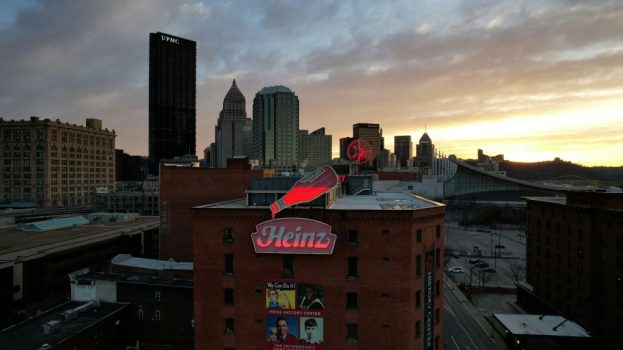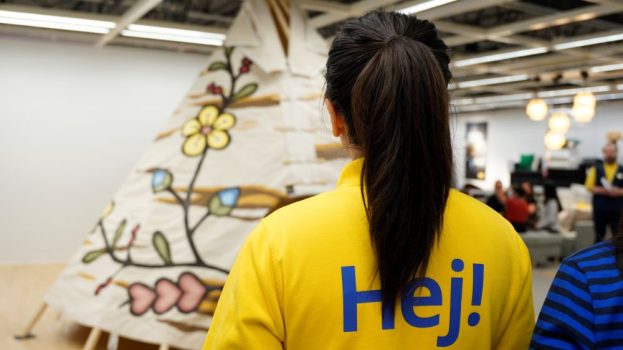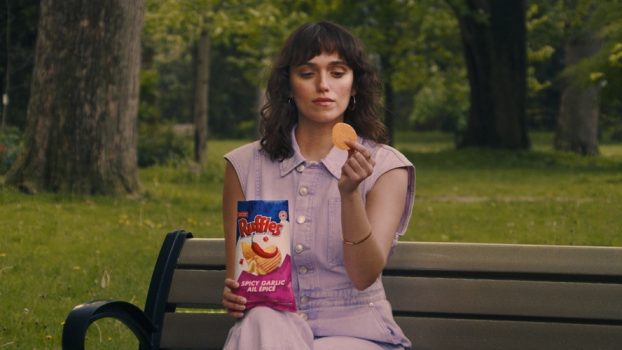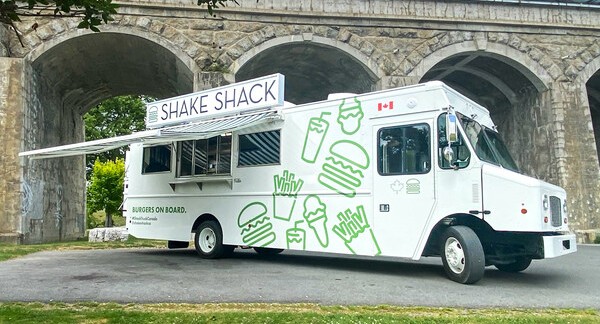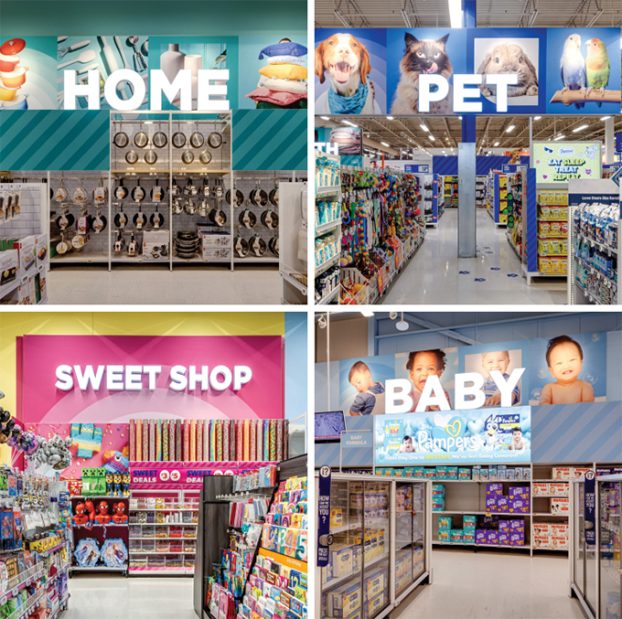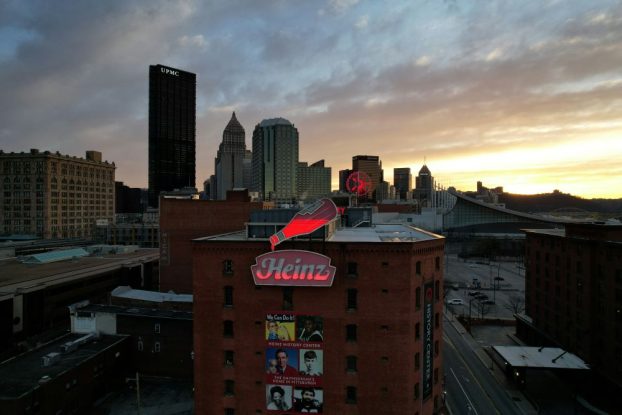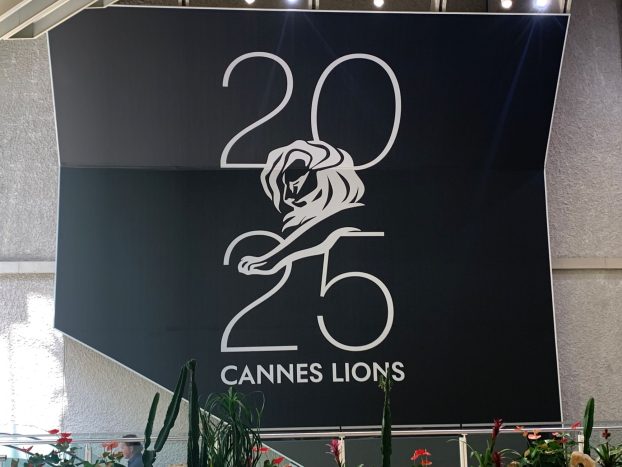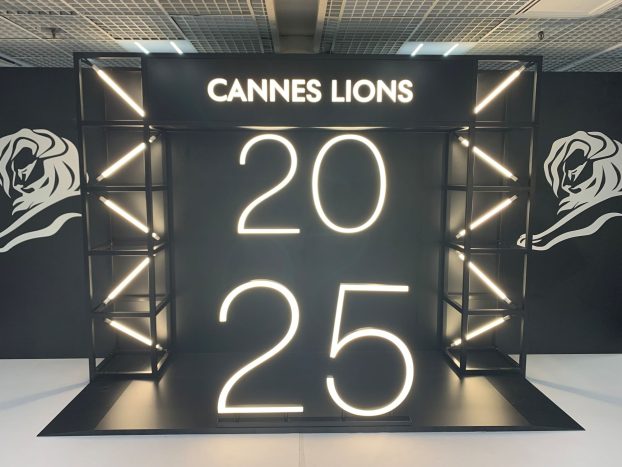It would not be an exaggeration to say Boucherville, Que.-based Rona is battling for its retail life. The hardware and home improvement retailer faces continued pressure from its shareholders to accept a takeover bid from the U.S.home improvement chain Lowe’s as it struggles to improve its bottom line. To get back on track, Rona is looking for growth in smaller footprint stores designed around improved service to its DIY customers, many of whom may only visit the store a handful of times each year.
Rona has about 800 locations across Canada in various size formats. Over the next two years, the retailer plans to close 10 big-box stores and resize 13 other locations to a smaller-footprint format of about half the size. It plans to open 15 new medium-sized locations across the country along with 10 super-small satellite stores, averaging about 6,000 square feet of retail space. Two such locations are already open in suburban Calgary and Vancouver. Some of the work on the mid-sized locations will be done in-house, although the brand did receive assistance from Sid Lee Architecture on the store design.
Strategy chatted with Rona EVP marketing Karim Salabi, who has been working with the brand for about two years, about what Rona is doing at the shopper marketing level to assist in the turnaround efforts.
Why is Rona moving to smaller footprint locations?
What’s different about our industry is that it’s much more project driven than a regular purchase you’d make in a grocery store or pharmacy. The average customer comes to a store anywhere from six or seven times a year. They are looking for some service and expertise from folks at the store who can provide them with direction – whether it’s a small bathroom project, or a major home renovation.
In a big-box store with 100,000 square feet of retail space, it is challenging for the consumer to really feel like there’s service available, no matter how many people you put on the floor.
We have big-box, we have mid-size and we have very small hardware stores. We see a significant difference in customer satisfaction levels and the financials that goes with the performance of the store at the proximity [mid-sized] level.
Can you explain the different size formats?
A proximity store is about 35,000 square feet of retail floor space and 15,000 to 20,000 square feet of outdoor materials area. The satellite locations on the small end would be something like 6,000 square feet – think Rogers or Blockbuster video type of space – because it’s harder to get affordable retail space downtown in cities like Toronto, Montreal or Vancouver.
So by having these smaller convenience type stores we can be present in all types of neighbourhoods. And then, the beauty of all of our online offerings is that if the store doesn’t have the physical inventory we can get it to the consumer within 24 hours.
How many satellite and proximity stores do you have?
We’ve been in the proximity business for a long time through our dealers. Rona has close to 800 stores: about 80 are big-box and 720 of the remaining ones are anywhere from satellite to proximity size. What we’ve announced is the intent to focus our growth on that type of format and not on big-box.
How does the marketing inside the stores differ?
If we focus on the proximity model, we’ve developed a store layout where the service desk is at the heart of the store – it’s very different from a big-box store layout, where right away you see aisles and aisles of product and a service desk is at the back of the store. We wanted to make the service desk visible to the consumer as soon as they walk in. The aisles are perpendicular to that rather than parallel to it. As soon as the consumer walks in they have an immediate choice about whether to go get service or go directly to that aisle. We’ve much more clearly communicated to the consumer that they can decide as soon as they walk in.
How about the satellite format?
The satellite format, because it’s only 6,000 to 8,000 square feet, you don’t really have a service desk. It’s like a video store concept. The cash is there right when you come in and that doubles up as a service desk.
Do you have different training for the sales staff in each of these formats?
In the proximity stores the desk is staffed by highly experienced folks who can provide the type of advice our customers are looking for. In satellite stores, which are more of a convenience type store, staffers are more generalists. It’s like the difference between a full-service grocery store where you have a meat department with a butcher who can advise you on how to cut the meat versus a convenience store where you go for a quick transaction. If you want project expertise, you can either go online – the customer experience starts on Rona.ca and we’re beefing up all the how-to videos and other content and we’re adding more and more – but if people want to speak to an expert they can go to any of our proximity stores and talk to somebody who’s highly qualified.
What about the SKUs in each store?
A big-box store would have 25,000 to 30,000 SKUs; a proximity store that has about 15,000 SKUs and a satellite store has 7,000 or 8,000. The real game changer is that the physical inventory no longer determines what the store’s offering is. We’re deploying digital screens [in store] where people can access Rona.ca and our full offering. If [the consumer] goes to a satellite-type store and it doesn’t have a product the store can get the product or deliver it to a consumer in between 24 to 48 hours.
Don’t you require large spaces to showcase big-ticket home improvement items?
We had a Black Friday and a Cyber Monday promotion a couple weeks ago. I remember on the Monday morning a store manager wrote to me and said, “Karim I received a order through Rona.ca from a customer for 75 boxes of hardwood floor.” In literally one transaction, the big-box store was cleared of their inventory of that SKU.
A few months ago if you told us a top-selling SKU online would be hardword floors I would have said I’m not sure because it’s a bulky item. But what we’re noticing is that people are buying online more, and in 92% of online orders customers choose our store pickup option rather than have it shipped to their home.
What’s amazing about that stat is that with so many people showing up to the store, it’s a great cross-selling and up-selling opportunity. So if someone orders a barbeque then you can sell him or her a gas tank and a cover for the BBQ.
While the number of online transaction and what it represents in dollars in the overall sales remains very small, it is definitely growing. Consumer behaviour is evolving from not even considering buying online in our category to more and more buying online and then showing up to the physical retail environment to conclude the transaction. We put a significant emphasis on communicating with our customers through email. We have a database of over 1.3 million customers with whom we communicate on a weekly basis.
What about the technology inside the stores?
About a year and a half ago we were the first retailer in our category to announce a pilot with Apple Canada, where we deployed about 600 iPads in about 20 stores in the greater Toronto area. We tested it for close to a year. We learned that when a customer approaches a staff member the two main questions are always, “Do you have this product?” and “Where can I find it?
A year later we put the iPad pilot aside. Instead we are employing an oversized digital screen behind the service desk in proximity stores where important information is communicated. We have the prices of all basic materials, lumber, etc. The new screens also allow us to communicate more dynamically certain key messages, whether it’s around the type of services available in that store or marketing programs or promotions.
Also we’re integrating touchscreens that give access to Rona.ca. We also re-launched a mobile application last August for the iPhone and it’s helping customers have access to more information – to scan products and read up on features about the products. We are integrating technology into the store environment but we’re also trying to do it in a way that has true value. We don’t want to introduce technology for the sake of introducing technology.
What are growth plans over the next year?
With retail the big challenge is real estate. That’s what makes giving a definitive answer to your question very difficult. We publicly stated that we believe that our growth is going to be coming through more proximity stores. We have a lot of stores and a lot of the growth can come as simply as renovating existing stores and kind of changing the layout to reflect this new concept. So our growth will come through a combo renovating some existing stores and finding new locations across the country in the proximity model and that includes as many dealer-owned stores as corporate-owned stores.
What about the satellite model?
We have plans to open these stores in key downtown areas around the country. That one is really a newer format for us so we still want to take the time to observe and understand the economics of some of these really smaller surface stores and then really decide the speed at which we would deploy or grow that network of smaller stores.
Check out strategy‘s past Q&A’s with Longo’s Rob Koss, Future Shop’s Nikki Hellyer and Sears’ John Rocco.



